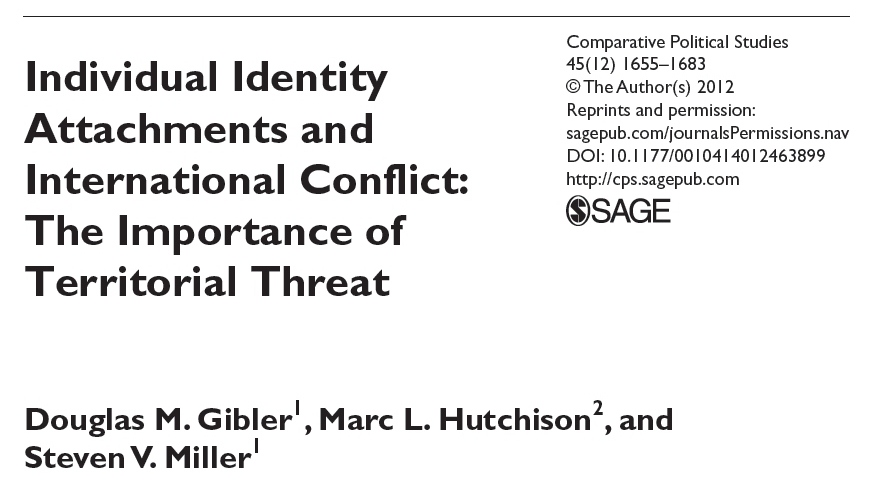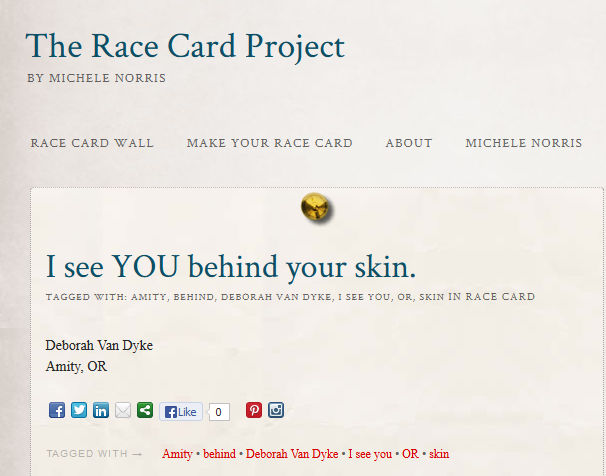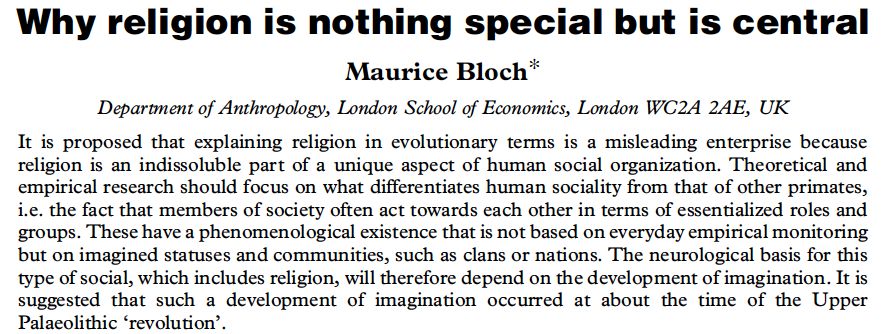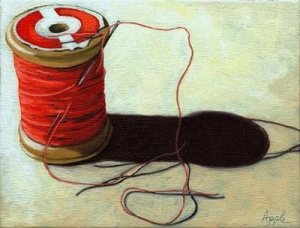
The identifications people make are strategic and context specific, as this article by Gibler, Hutchison, and Miller suggests:
[I]nternational conflict exerts a strong influence on the likelihood and content of individual self-identification, but this effect varies with the type of conflict. Confirming nationalist theories of territorial salience, territorial conflict leads the majority of individuals in targeted countries to identify themselves as citizens of their country. However, individuals in countries that are initiating territorial disputes are more likely to self-identify as members of a particular ethnicity, which provides support for theories connecting domestic salience to ethnic politics.
Being attacked leads you to identify with the nation. But if your nation is the one doing the attacking, all of the sudden you’d rather make alternate identifications …

 In honor of one of Culture on the Edge‘s members being in Greece, to do some fieldwork and visit archives, I thought it would be fitting to offer this weekend, public service announcement concerning how to make a fake McDonald’s frappé — which, of course, rivals ouzo as
In honor of one of Culture on the Edge‘s members being in Greece, to do some fieldwork and visit archives, I thought it would be fitting to offer this weekend, public service announcement concerning how to make a fake McDonald’s frappé — which, of course, rivals ouzo as  Simple question: who is wearing a costume?
Simple question: who is wearing a costume?


 The anthropologist,
The anthropologist,  An interesting video was posted earlier today by the British newspaper
An interesting video was posted earlier today by the British newspaper  What if we, as scholars, told the following narrative? In the first century there was a man named Jesus who invented a magical spool of invisible thread. He carried the spool with him everywhere he traveled as an itinerant preacher. When those who heard his message accepted it, he would magically partition the invisible thread, handing an end to each new follower. Jesus’ disciples each carried an end of this invisible thread, and everywhere they went they too distributed it. Like the loaves and the fishes Jesus is said to have multiplied to feed the masses, so was the thread multiplied and divided—like a complicated spider web—across the face of the ancient Mediterranean world. In fact, the thread stretched not only across space but across time as well, although it has been divided innumerable times over the last two millennia. Contemporary followers of Jesus in the Catholic, Eastern Orthodox, and Protestant churches hold the thread today at its various temporal and spatial termini.
What if we, as scholars, told the following narrative? In the first century there was a man named Jesus who invented a magical spool of invisible thread. He carried the spool with him everywhere he traveled as an itinerant preacher. When those who heard his message accepted it, he would magically partition the invisible thread, handing an end to each new follower. Jesus’ disciples each carried an end of this invisible thread, and everywhere they went they too distributed it. Like the loaves and the fishes Jesus is said to have multiplied to feed the masses, so was the thread multiplied and divided—like a complicated spider web—across the face of the ancient Mediterranean world. In fact, the thread stretched not only across space but across time as well, although it has been divided innumerable times over the last two millennia. Contemporary followers of Jesus in the Catholic, Eastern Orthodox, and Protestant churches hold the thread today at its various temporal and spatial termini.